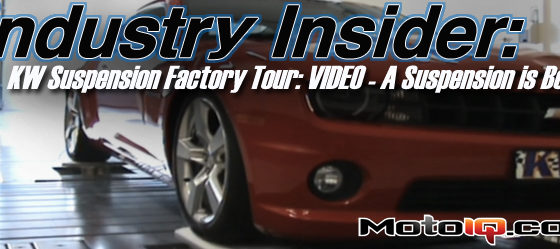,
Turbo Speed Sensor Bung
I'm not sure why any turbo supplier hasn't done this in the past, but for about 15 minutes of thought, BW engineers just did the professional engine tuner and engine builders the biggest favor ever. No turbo that I know of in the aftermarket has an already included bung cast into the compressor housing. It's already machined for you too. All you have to do should you want to purchase the optional turbo speed sensor is to drill through the blind hole using a 1/4” drill bit. Then the BW turbo speed sensor drops right in to the perfect sensor gap height. There's no dicking around with an oscilloscope to verify your sensor gap or anything of the sort. I LOVE THIS FEATURE. If you have an advanced ECU like the Pectel SQ/MQ series or Cosworth ECPro, you can directly connect the speed sensor to one of the many spare digital inputs at the ECU and start utilizing the many turbo speed and boost control strategies offered. If you don't have a baller ECU, not to worry. There are various suppliers of frequency to 0-5v converters that you can buy and rig up. Turbo speed is a fairly important, but often ignored parameter that can help the monitoring of turbo performance. It's also an indicator of charge system health since turbo speed goes up considerably when there's a boost leak of some sort. Once you have it, you hate to live without it.

EFRs come pre-machined for the optional BW turbo speed sensor, but the sensor hole is left blank in case the owner opts not to use a speed sensor. To insert the sensor, a 1/4″ drill bit must be plunged into the larger hole on the left. Be careful not to touch the walls with the drill bit as the speed sensor seals via o-ring against the machine walls.
Boost Control Solenoid Valve
A three port solenoid is included with the purchase of every EFR turbo. What? You're not using electronic boost control? Step into the 21st century, buddy. This isn't 1965 and you aren't driving a Chevy Corvair. The included solenoid is ultra reliable and is supplied by Pierburg who supply boost control solenoids to Ford, Bugatti, and Prodrive to name a few. It's a 23 ohm, sub 30Hz solenoid that is compatible with most ECUs for flexibility.
High Flow Internal Wastegates
On the housings with internal wastegates, the large valve areas are designed to bypass as much as 40% of the exhaust gases from the turbine wheel. For the T25 flanged turbine housings, the wastegate valve is 36mm and for the T3 and T04 turbine housings the wastegate valve is 42mm. If your application requires a twin scroll T04 flange, then you're in luck: the twin scroll T04 housing bypasses gasses from both scrolls making this the first aftermarket performance and racing turbocharger to offer a twin scroll internally wastegated turbine housing. This also makes it ideal for diesel applications since most diesel internal wastegate twin scroll housings only pull from one scroll. To date most internal wastegate turbine housings from other turbo manufacturers are really just housings intended for OEMs, but adopted for use in the aftermarket. What this means is that the housing and internal wastegate were optimized for a 205hp 2.0L 4 cylinder and not your 500hp 2.2L 4 cylinder. This is where BW's clean sheet design can potentially benefit your application.
Ease of Orientation and Wastegate Positioning
Have you ever taken an internal wastegate turbo designed for another car and then tried to install it into another? It was a serious pain in the ass wasn't it? You probably had to fabricate a new wastegate actuator bracket, fabricate or locate another turnbuckle on the actuator, and then found that you could only really clock the turbo and actuators at certain angles due to the lack of flexibility. It's not the turbo manufacturer's fault since the turbo was probably originally designed for a Nissan, Subaru, Ford, or Pontiac. The BW Series EFR turbos address the flexibility issue by utilizing an ingenious method of wastegate actuator and bracket positioning and a ridiculously simple turnbuckle system that also allows for simple wastegate preload adjustment. Wastegate actuators are available in three different preloads (low, medium, and high). These features are great for the DIY guy and professional alike.

There are holes on the backside of the backplate almost 360 degrees around to accomodate the wastegate actuator bracket positioning for almost any imaginable position.

The wastegate actuator bracket is super buff, manufactured from thick stainless steel, and attached to the back plate via three countersunk screws. You can see how easy it is to rotate the actuator bracket with the wastegate door.



